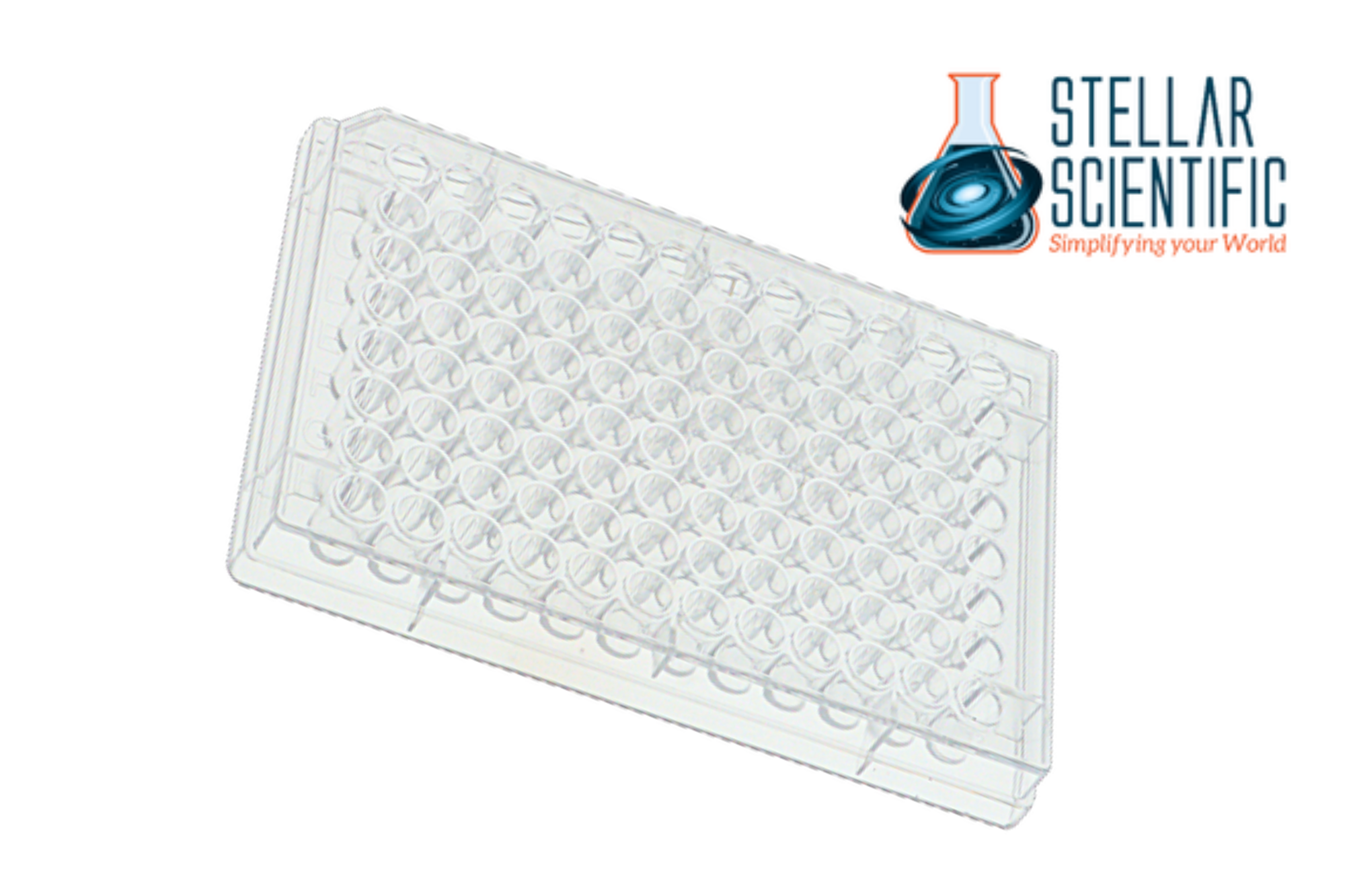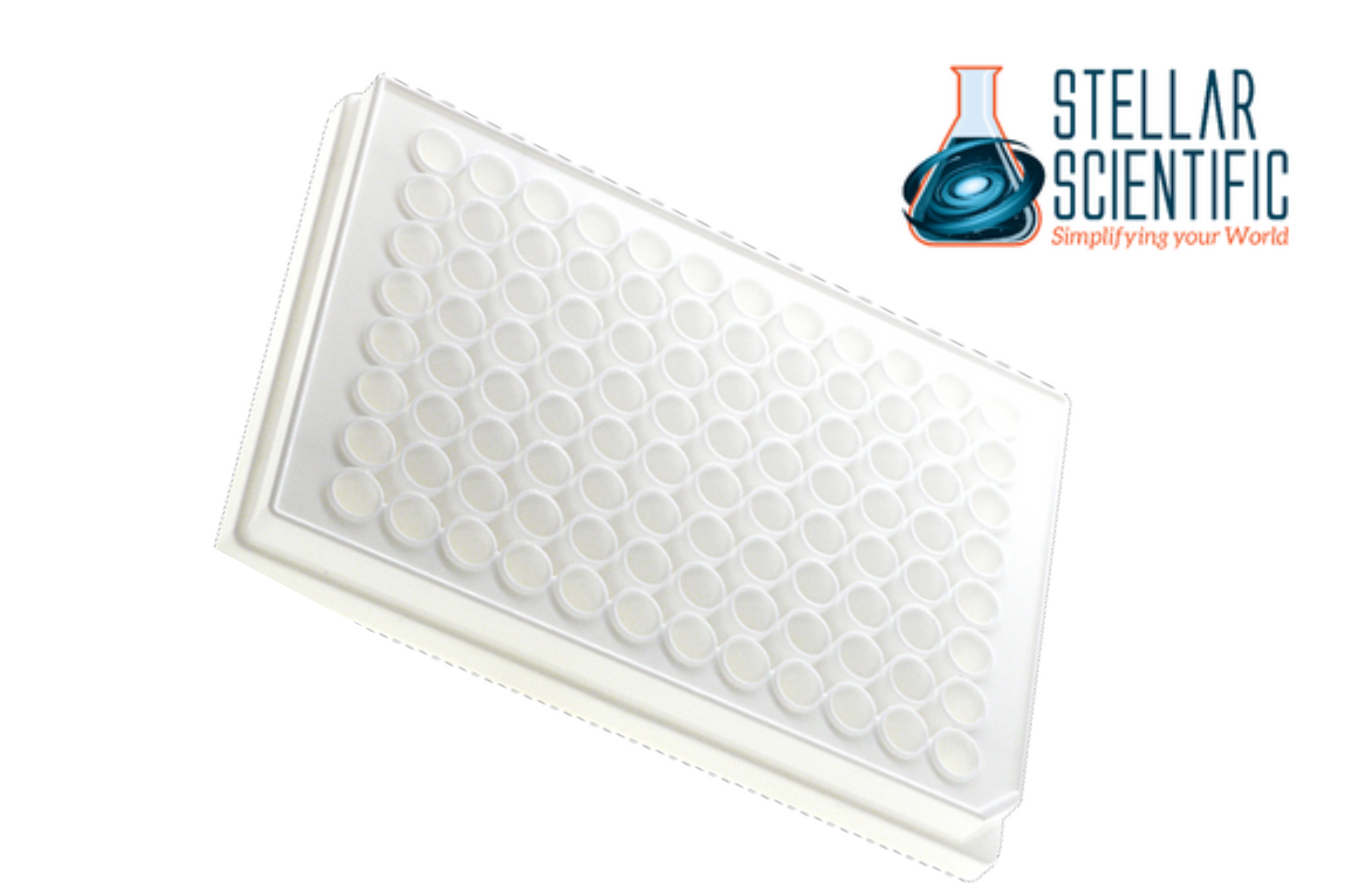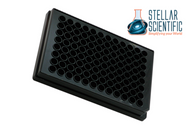How Our Microtiter Plates Stand Out in Accuracy and Efficiency
25th Jun 2025
Microtiter plates are indispensable tools in modern laboratories across various fields, including biotechnology, pharmaceuticals, clinical diagnostics, and environmental testing. Their role in facilitating high-throughput screening, quantitative assays, and sample analysis is critical to advancing scientific research and quality control processes. Choosing the right microtiter plates can have a significant impact on the accuracy, reproducibility, and efficiency of laboratory workflows.
At Stellar Scientific, we understand the importance of reliable, high-quality microtiter plates that meet the rigorous demands of research and clinical applications. In this article, we will explore the features and benefits of our microtiter plates, highlighting how they stand out in accuracy and efficiency to support your lab’s success.

Understanding Microtiter Plates and Their Importance
Microtiter plates, also known as microplates or microwell plates, consist of multiple small wells arranged in a grid format, typically ranging from 6 to 1536 wells per plate. Each well serves as an individual test tube or reaction chamber, allowing simultaneous analysis of multiple samples or reactions. These plates are commonly used for enzyme-linked immunosorbent assays (ELISA), PCR, cell culture, drug screening, and various biochemical assays.
The choice of microtiter plates influences the precision of liquid handling, consistency of assay conditions, and ultimately the validity of experimental results. Therefore, selecting plates that offer dimensional accuracy, chemical resistance, and optimal optical properties is essential for reliable outcomes.
Precision Engineering for Consistent Results
One of the defining characteristics of our microtiter plates is their precision-engineered design. Manufactured using high-quality polystyrene or polypropylene materials, these plates are produced under stringent quality control standards that ensure consistent well dimensions, flatness, and volume capacity.
Uniform Well Geometry
Accurate well dimensions are crucial for reproducible pipetting and uniform reaction conditions across all wells. Variability in well size or shape can cause inconsistent sample volumes, leading to variability in assay signals and compromised data quality. Our microtiter plates maintain tight tolerances in well diameter and depth, ensuring that every well delivers uniform performance and consistent liquid handling.
Flat and Optically Clear Surfaces
For assays that rely on absorbance, fluorescence, or luminescence measurements, the optical clarity and flatness of the plate bottom are critical. Our microtiter plates feature optically clear, flat bottoms that maximize signal detection sensitivity and minimize background noise. This enhances the accuracy of quantitative assays, including ELISAs and cell-based assays.
Robust Material Composition
The materials used in our lab microtiter plates provide excellent chemical resistance, supporting compatibility with a wide range of reagents, buffers, solvents, and biological samples. Polystyrene plates are ideal for general applications, while polypropylene plates offer superior resistance to organic solvents and cryogenic temperatures, expanding the versatility of the plates for diverse protocols.
Enhancing Laboratory Efficiency
Beyond accuracy, our microtiter plates are designed to improve laboratory efficiency in several ways:
High Throughput Capacity
With multiple well formats available from 96-well standard plates to high-density 384-well and 1536-well plates, our selection accommodates a variety of throughput requirements. Higher-density plates enable large-scale screening and testing while minimizing reagent consumption and plate footprint.
Compatibility with Automation Systems
Modern labs increasingly rely on automated liquid handlers, plate readers, and robotic systems to accelerate workflows. Our microtiter plates are engineered to be fully compatible with most automation platforms, ensuring smooth integration and reducing handling errors.
Secure and Easy Handling
User-friendly design features such as raised rims, well identification numbering, and stackable formats facilitate quick plate handling and reduce sample cross-contamination risks. The plates also come with tight-fitting lids or sealing options to maintain sample integrity during incubation or storage.
Applications Benefiting from Our Microtiter Plates
The precision and efficiency of our microtiter plates make them ideal for a broad spectrum of applications, including:
ELISA and Immunoassays
The accuracy and optical clarity of the plates ensure consistent binding and detection of antibodies or antigens, producing reliable quantitative data.
PCR and Nucleic Acid Quantification
Our polypropylene plates support thermal cycling and minimize evaporation, critical for successful amplification and quantitation.
Cell Culture and Viability Assays
Biocompatible materials and sterile manufacturing processes provide an optimal environment for culturing cells and conducting viability or cytotoxicity studies.
Drug Discovery and High-Throughput Screening
The range of well densities and automation compatibility enable rapid screening of chemical libraries and bioactive compounds.
Environmental and Food Testing
Durable plates resistant to harsh chemicals facilitate testing for contaminants, pathogens, or residues in various sample types.

Quality Assurance and Compliance
Our laboratory microtest plates undergo rigorous quality assurance procedures, including dimensional inspections, material purity testing, and optical performance verification. This commitment to quality supports compliance with laboratory standards such as Good Laboratory Practice (GLP) and Good Manufacturing Practice (GMP).
Additionally, the plates are manufactured in certified cleanroom environments to minimize contamination risks, ensuring sample integrity in sensitive applications.
Best Practices for Using Microtiter Plates
To maximize the benefits of our microtiter plates, consider these best practices:
- Use calibrated pipettes and multichannel dispensers to ensure accurate sample volumes in each well.
- Handle plates with care to avoid warping or contamination that can affect optical readings or reaction consistency.
- Seal plates properly during incubation to prevent evaporation and cross-well contamination.
- Select the appropriate plate material and format based on assay requirements and sample compatibility.
- Store plates in clean, dry conditions before use to maintain sterility and material properties.
Conclusion
The choice of microtiter plates can profoundly influence the accuracy, reliability, and efficiency of your laboratory assays and workflows. Our microtiter plates offer precision-engineered design, superior material quality, and practical features that collectively support consistent, reproducible results and streamlined operations.
Whether your laboratory focuses on clinical diagnostics, pharmaceutical research, or environmental analysis, investing in premium microtest plates ensures you achieve dependable outcomes that advance your scientific objectives.
About Stellar Scientific
Stellar Scientific is a trusted provider of high-quality laboratory equipment and consumables tailored to meet the exacting standards of modern scientific research and clinical testing. Our extensive product portfolio includes microtiter plates, benchtop instruments, cryovials, pipettes, and a variety of lab essentials designed for accuracy, durability, and efficiency.
We are committed to supporting laboratories by offering reliable products and expert customer service that enhance productivity and quality.

